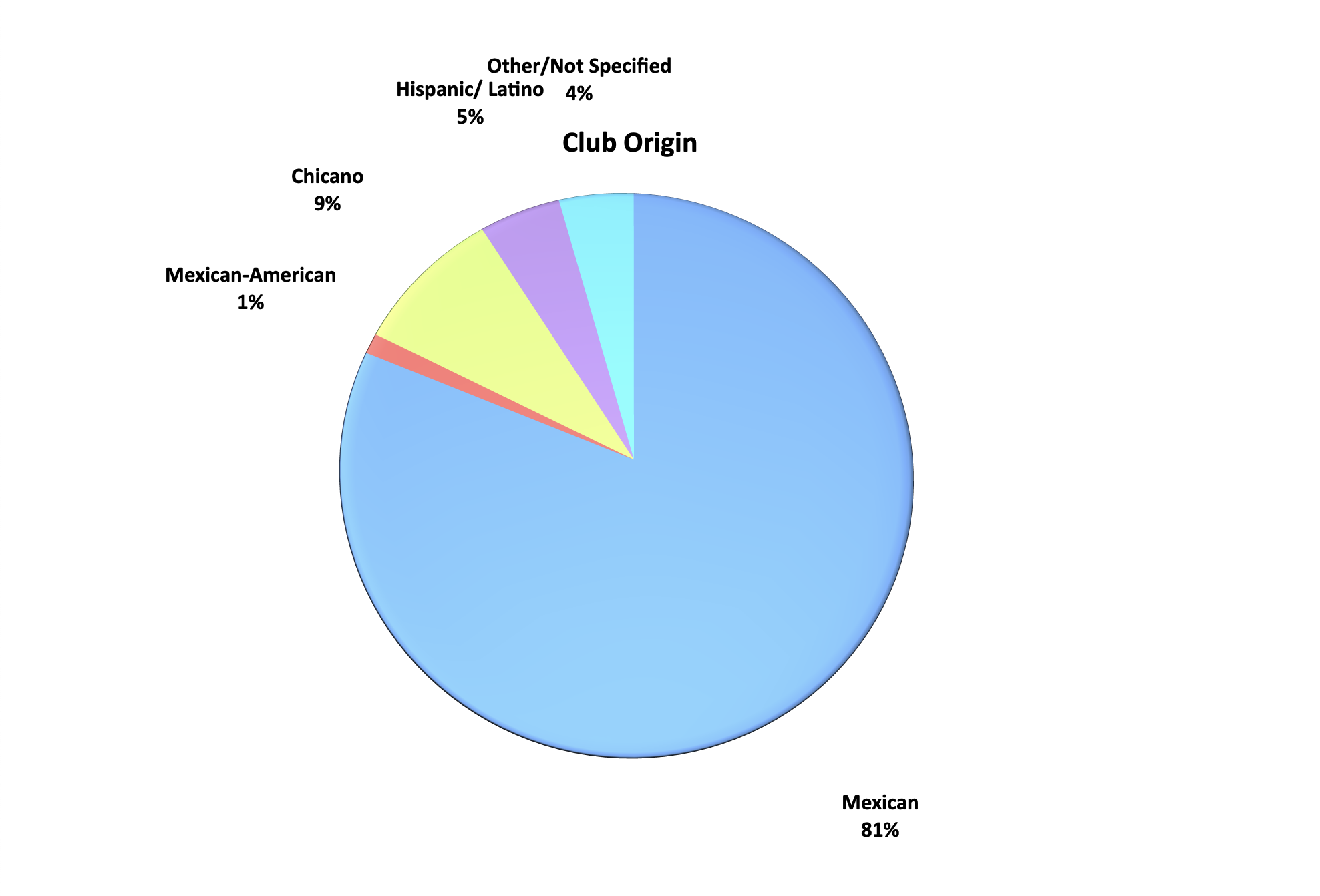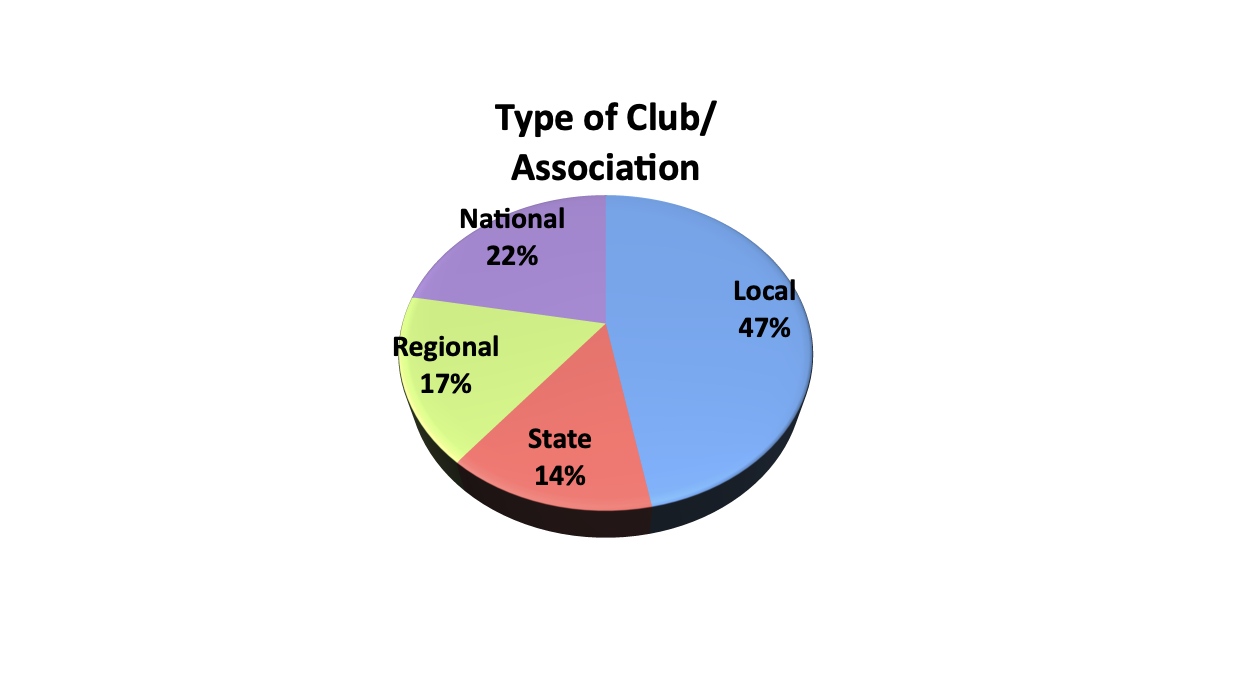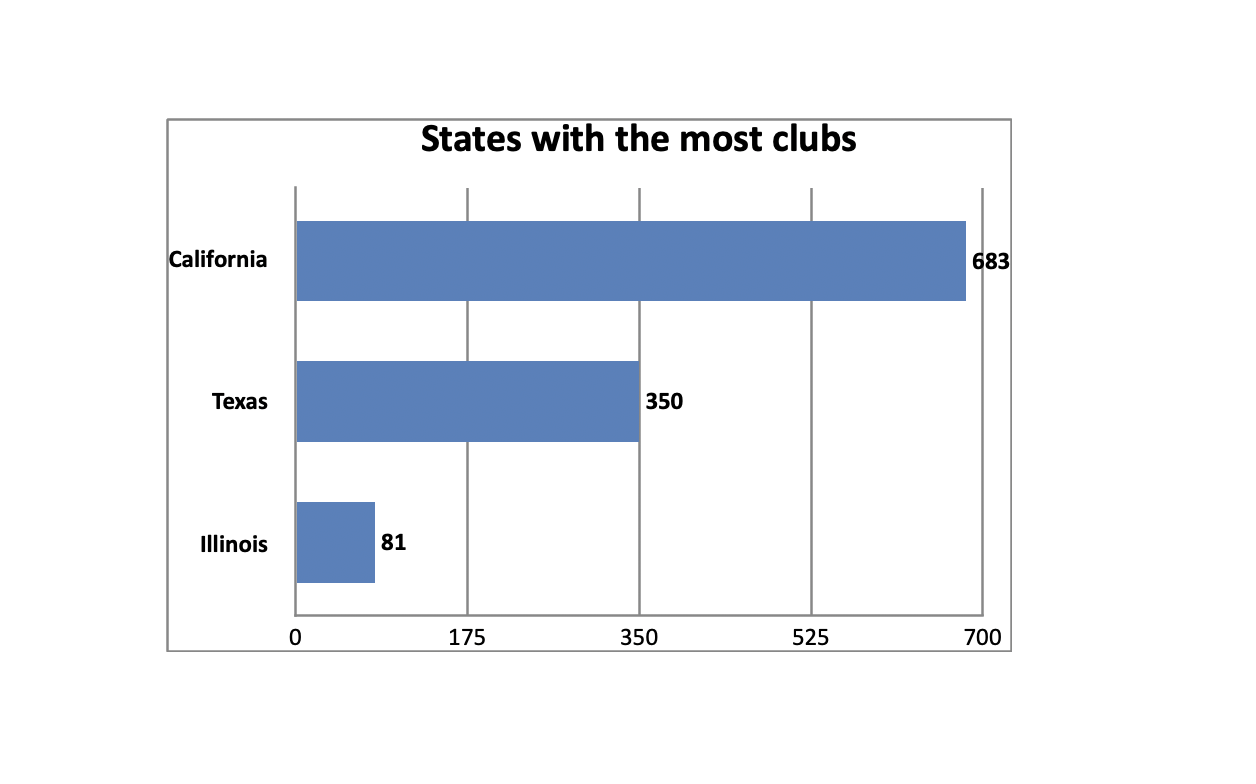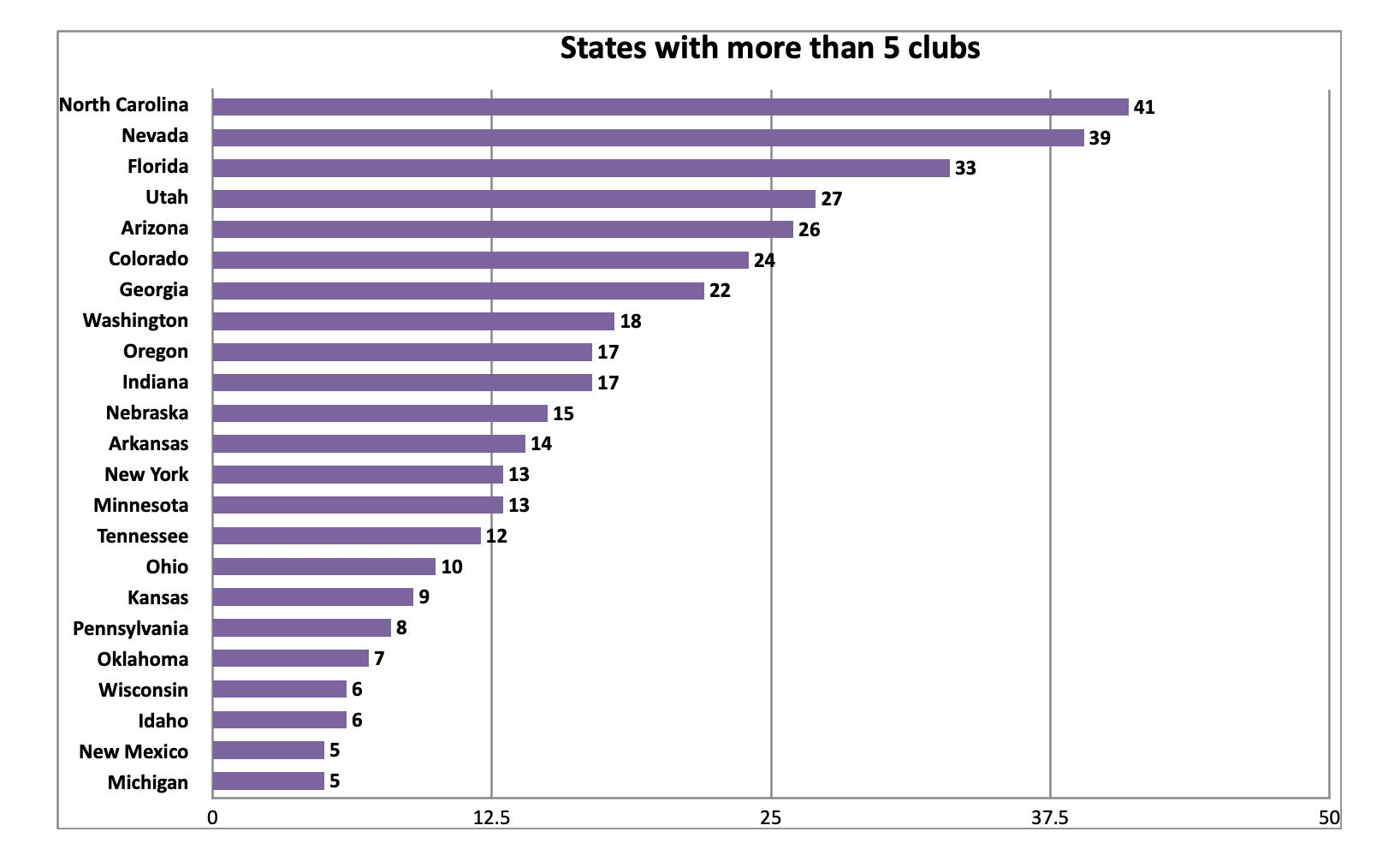In this article, we take a look at the deep ties between the U.S. and Mexico through the lens of bi-national “hometown” associations or clubs (clubes de oriundos) that are the result of long-standing migratory flows and networks that bind local communities together across both countries.
These tight-knit groups can be called “transnational” because they constantly transcend borders – they belong to, and simultaneously contribute to, two localities – their “home” in small towns across Mexico, and their “home” in communities across the U.S. For transnational citizens, these are both equally important – one has not been “left behind” and the other is not necessarily “new” – they have often been residing in or linked to both places for quite some time. They provide support to new immigrant members as they arrive, while continuing to foster long-term education, economic development, civic participation and cultural enrichment in their U.S. community as well as their Mexican community of origin.
While hometown associations have existed for over a century, since the first large flows of Mexican immigration to the U.S. as a result of the Mexican Revolution (1910-1917), and during the “Bracero Program” that officially sponsored Mexican labor in the U.S. between the 1940s and 1960s, they began growing exponentially during the 1990s. This was the result of the economic shifts caused by the North American Free Trade Agreement (NAFTA), which disrupted traditional agriculture in Mexico and caused new flows of labor migration from more Mexican states to new destinations across the United States. At the same time, the Mexican government started recognizing and reaching out to migrant communities through new policies that encouraged investment of remittances in community development, and, importantly, by allowing dual citizenship for the first time. This allowed migrants to apply for U.S. citizenship without losing their Mexican citizenship, or vice-versa, to re-acquire Mexican citizenship as U.S. citizens – which made them truly “transnational” citizens, more socially and politically active in both their U.S. residence and their Mexican community of origin.
Thus, the aims of hometown associations are often supported by U.S. state and local authorities who want to foster community integration and social mobility; they are also supported by the Mexican federal and state governments, which encourage bi-nationals to invest in their towns of origin through programs such as tres por uno, where the municipal, state and federal governments contribute triple the amount that migrants invest in community development.
The following statistical portrait of these hometown associations is based on 2024 data provided by the Mexican Foreign Ministry’s Institute for Mexicans Abroad. It is important to note that this database only includes those associations that have registered with their respective Mexican Consulates in the United States; thus, it reflects a sub-section of the actual number of hometown associations, which experts and migration analysts have calculated to be many times greater (for example, a 2004 study counts 180 hometown associations in Chicago alone, whereas the current official data counts only 81 in all of Illinois; likewise, a 1999 study reported 400 of these clubs in the Los Angeles area, while the figures presented here report 683 for all of California). Nonetheless, this data provides a basic snapshot of the geographic spread of these associations, as well as their size, aims and focus areas.
How many hometown associations are there, and how many members do they have?
• According to the Institute for Mexicans Abroad, in 2024 there were 1,541 bi-national hometown associations/clubs in the United States, with a total of 268,193 members (although as stated above, the actual number may be many times greater; the number of members is also an under-count, since many associations did not report the total number of adherents).
• Only 31 of these clubs (2% of the total) are very large, with 1,000 or more members; an additional 185 clubs have more than 100 members (12% of the total). Thus, the vast majority (86%) of hometown associations are small, tight-knit clubs, representing many thin but strong threads that sew local U.S. and Mexican communities together across both nations.
How do hometown associations define themselves, in terms of origin and outreach?
• The majority of hometown associations consider their origin to be Mexican, which is to be expected given the very definition of a “hometown” club - their close ties to the Mexican communities they came from. Nonetheless, some define themselves as Chicano, Hispanic/Latino, or in other ways, reflecting a broader outreach to other pan-ethnic groups within the United States.

• With regard to their type, nearly half of all clubs define themselves as local, which matches the relatively small size of most of these associations, as mentioned above. Nonetheless, almost a third consider themselves to have a state or regional level of outreach, and nearly a quarter define themselves as national in nature – these would include the 57 associations that are “Federations of Clubs”, which serve as large umbrella organizations across states and regions.

Where are hometown clubs located in the U.S., and which Mexican states are they linked to?
• Binational hometown associations are located across 42 U.S. states, with the largest number in the traditional, most longstanding “migrant-receiving” states of California, Texas and Illinois (indeed, more than half of all Mexican immigrants in the U.S. reside in California and Texas). The number of clubs in these three states alone represents 72% of the total number of clubs in the country.

• Other locations with a larger number of bi-national clubs include states like Nevada, North Carolina, Utah, Florida and Georgia, where Mexican immigrants have spread to over the past thirty years, due to new patterns of labor demand. There are 23 states with more than 5 clubs in each; thus, 25% of all bi-national clubs are located in these states.

• An additional 16 states have less than 5 registered hometown clubs in each: South Carolina (4), New Jersey (4), Alabama (4), Missouri (3), Massachusetts (3), Maryland (3), Louisiana (3), Iowa (3), Connecticut (3), Virginia (2), Kentucky (2), Alaska (2), West Virginia (1), South Dakota (1), New Hampshire (1), Delaware (1).
• The four “traditional” migrant-sending states in Mexico are Jalisco, Michoacán, Guanajuato and Zacatecas, given their long history of labor migration to the U.S. and the networks they have created with U.S. communities over nearly a century. The number of localities sending migrants to the U.S. has expanded considerably since then, to include virtually all Mexican states. With regard to hometown associations, only two states – Baja California Sur and Tabasco – do not have any registered by consulates in the U.S. The data is incomplete, however, given that a large number of hometown associations (115) have not reported which Mexican state they are linked to – perhaps because they are tied to a region that cuts across several states, or simply due to lapses in data gathering.
• It is notable that more than a quarter (27%) of all hometown associations are linked to Guanajuato alone. This is due not only to Guanajuato’s long history of labor migration to the U.S., but also to a series of very proactive policies on the part of the state government that date back to the 1990s. Guanajuato was the first to create a state-level Office for Guanajuatense Communities Abroad (replicating the aims of the national-level Office for Mexican Communities Abroad); this office supported a network of Casas Guanajuato (“Guanajuato Houses”) in states across the U.S., and was also among the first to implement community investment programs such as tres por uno.

Which are the largest hometown associations?
• By far the largest registered hometown association is the Jalisco Federation of the Midwest, based in Chicago, which has a purported 120,000 members, constituting 45% of the total number of members of all associations across the U.S.
• The other top fifteen hometown associations, with more than 2,000 members each, are the following:

What are the main aims and focus areas of hometown associations?
• According to historians, hometown associations began mostly as sports clubs or religious organizations, but then grew into stronger groups concerned with community development, both in Mexico and in the U.S., and with providing support to fellow community members in various areas, ranging from legal assistance to health to youth activities. Today, according to the data analyzed here, a large proportion of these associations define themselves in general terms simply as “hometown clubs”, which can include a wide variety of aims and areas of interest. Among those that have defined their main focus area, community development is by far the largest, followed by education, cultural activities and issues related to rural life/farmworkers; these four issues put together are the main focus areas of more than one-third (36%) of all hometown associations.

Sources/References
Secretaria de Relaciones Exteriores, Directorio de Asociaciones y Clubes Oriundos de Mexicanos en el Exterior, Database for the Second Trimester of 2024, at https://datos.gob.mx/busca/dataset/directorio-de-asociaciones-y-clubes-oriundos-de-mexicanos-en-el-exterior
Jeanne Batalova, “Immigrantes mexicanos en Estados Unidos”, October 8, 2020, Migration Policy Institute, at https://www.migrationpolicy.org/article/inmigrantes-mexicanos-en-estados-unidos
Xochitl Bada, “La voz de los actores: clubes de michoacanos oriundos”, Migracion y Desarrollo, abril 2004, at http://rimd.reduaz.mx/revista/rev2/7.pdf
Luis Escala Rabadán, “Asociaciones de migrantes mexicanos en Estados Unidos: logros y desafios en tiempos recientes”, Desacatos Num. 46, sep./dic. 2014, at https://www.scielo.org.mx/scielo.php?script=sci_arttext&pid=S1607-050X2014000300004
Carlos Alberto González Zepeda, “La organizacion transnacional en controversia. Clubes de oriundos mexicanos en Estados Unidos”, Odisea: Revista de Estudios Migratorios, num. 4, octubre 2017, at file:///C:/Users/DELL/Downloads/Dialnet-LaOrganizacionTransnacionalEnControversia-6161245.pdf
German Vega Briones, “Casas Guanajuato: organizacion de migrantes en Estados Unidos”, Papeles de Poblacion, vol. 10 no.39, enero/marzo 2004, at https://www.scielo.org.mx/scielo.php?script=sci_arttext&pid=S1405-74252004000100004